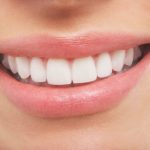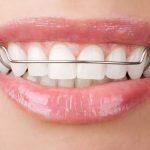How Long Does it Take for Teeth to Shift? A Comprehensive Guide
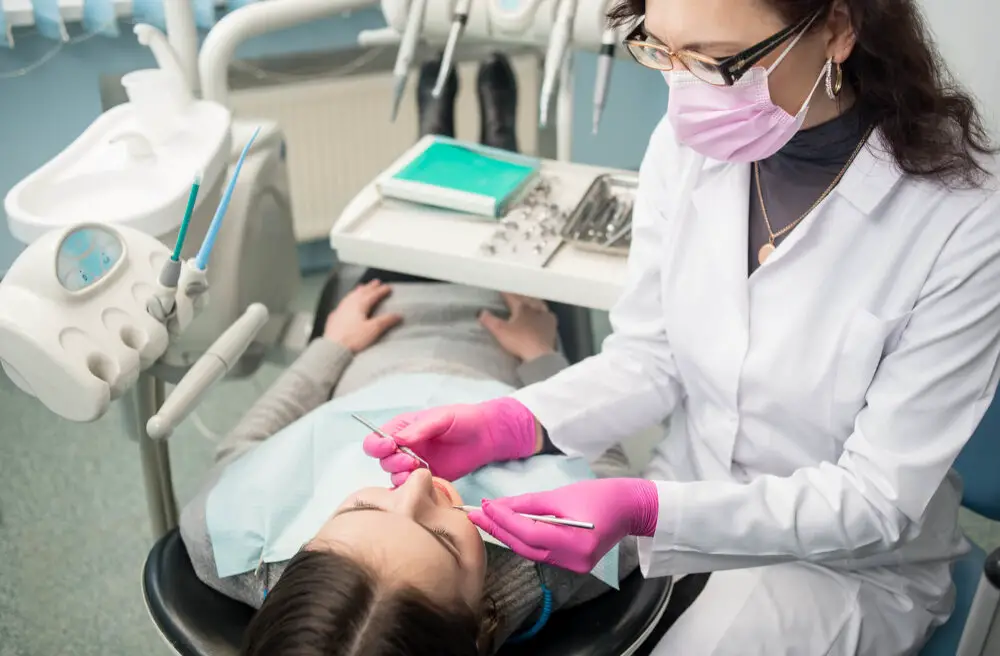
Teeth shifting is a common phenomenon that can occur due to various reasons such as aging, trauma, genetics, and orthodontic treatment. The process of teeth shifting can be gradual or sudden, and it can cause significant discomfort, pain, and aesthetic concerns for some individuals. Therefore, understanding how long it takes for teeth to shift and the factors that influence this process is crucial for maintaining good oral health and preventing dental problems. In this comprehensive guide, we will explore the different types of teeth shifting, the factors that affect the speed and extent of teeth movement, and the treatment options available for correcting teeth misalignment. Whether you are experiencing teeth shifting due to aging or seeking to improve your smile through orthodontic treatment, this guide will provide you with the knowledge and insights you need to make informed decisions about your dental health. So, let’s dive into the world of teeth shifting and discover the secrets behind this fascinating process.
Teeth shifting refers to the gradual movement of teeth from their original position to a new position. This can occur due to a variety of reasons, such as age, genetics, trauma, or improper dental hygiene. The movement of teeth can be either beneficial or harmful, depending on the severity and cause of the shift. In some cases, teeth shifting can result in misalignment, which can cause problems with chewing, speaking, and overall oral health. However, teeth shifting can also be a natural and necessary process, such as during the development of adult teeth or when undergoing orthodontic treatment. Understanding the causes and effects of teeth shifting is crucial for maintaining optimal oral health and preventing any potential problems that may arise.
There are various factors that can contribute to teeth shifting, including age, genetics, oral habits, and injury. As we age, our teeth and jawbone naturally shift due to the loss of bone density and changes in muscle and tissue elasticity. Genetics can also play a role in the size and shape of our teeth and jaw, which can affect how they align. Additionally, certain oral habits such as thumb sucking, tongue thrusting, and mouth breathing can cause teeth to shift over time. Injuries such as trauma to the face or jaw can also affect tooth alignment. Understanding the causes of teeth shifting can help individuals take preventative measures to maintain their dental health and avoid the need for extensive orthodontic treatment in the future.
Addressing teeth shifting is crucial because it can have a significant impact on your oral health, aesthetics, and overall well-being. When teeth shift, they can cause misalignment, overcrowding, and bite issues, which can lead to various dental problems such as tooth decay, gum disease, and jaw pain. Moreover, shifted teeth can affect your confidence and self-esteem, making you feel self-conscious about your smile. Thus, it’s essential to seek timely orthodontic treatment to address teeth shifting and improve your oral health, appearance, and quality of life. Whether it’s through braces, aligners, or other orthodontic solutions, addressing teeth shifting can help you achieve a healthy, beautiful smile that lasts a lifetime.
Factors Affecting Teeth Shifting
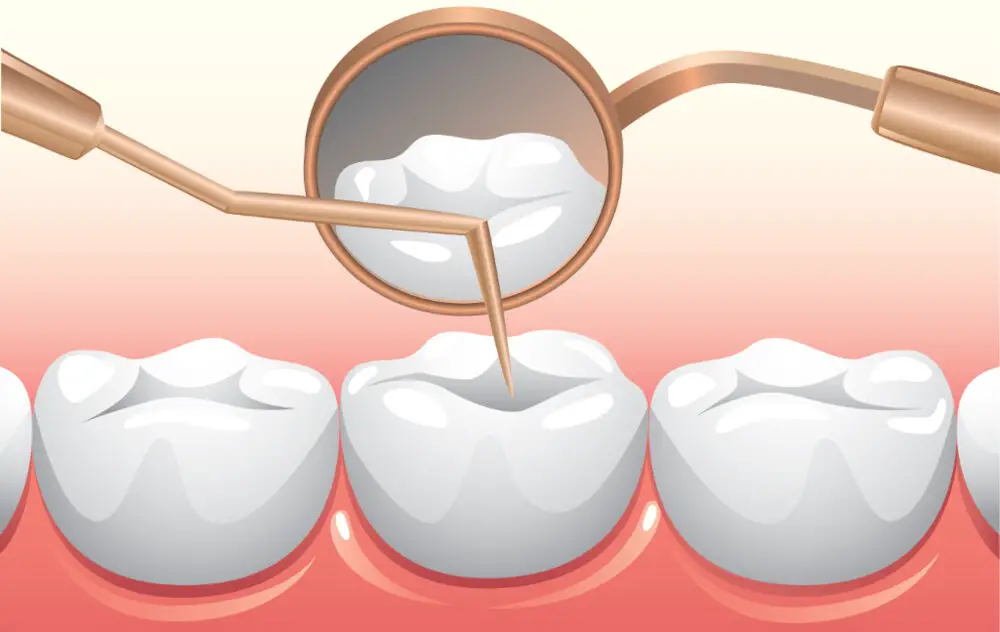
The process of teeth shifting is a natural occurrence that happens as we age. There are several factors that can contribute to this process, including genetics, age, habits, and trauma. Genetics play a significant role in determining the size and shape of our teeth, as well as the alignment of our jaws. This means that if your parents or siblings have crooked teeth, you are more likely to develop them as well. Age is another factor that can affect teeth shifting. As we get older, our teeth tend to shift slightly due to changes in the underlying bone structure. Additionally, habits such as clenching or grinding our teeth can also cause them to shift over time. Trauma, such as a blow to the face or jaw, can also cause teeth to shift or become misaligned. Other factors that can contribute to teeth shifting include tooth loss, gum disease, and orthodontic treatment. When a tooth is lost, the surrounding teeth can shift to fill in the gap, causing misalignment. Gum disease, which can cause the bone supporting the teeth to deteriorate, can also lead to teeth shifting. Finally, orthodontic treatment such as braces or clear aligners can cause teeth to shift into a new position. While this is the desired outcome of such treatments, it is important to wear retainers as directed after treatment to prevent teeth from shifting back to their original position. Overall, understanding the factors that can affect teeth shifting can help you take steps to maintain good oral health and prevent unwanted changes to your smile.
Age is an important factor to consider when it comes to teeth shifting. As we age, our bones and teeth become more rigid, making it more difficult for them to move. This means that it may take longer for teeth to shift in older individuals compared to younger ones. Additionally, as we age, our gums may recede, which can also impact the movement of teeth. However, with the help of modern orthodontic treatments and technologies, age is becoming less of a limiting factor in achieving a straighter smile. It is important to consult with a qualified orthodontist to determine the best treatment plan for your individual needs, regardless of your age.
Genetics plays a significant role in determining the shape and alignment of our teeth. The size and shape of our jawbones, the position of the teeth, and the strength of the gums are all genetically determined. The genes we inherit from our parents can influence how crowded or spaced out our teeth are, as well as the overall size and shape of our teeth. Genetics can also affect how quickly our teeth shift, as some individuals may have a stronger bone structure that resists movement or less dense bone that allows for faster shifting. While genetics cannot be changed, orthodontic treatments can help improve the alignment and appearance of teeth, regardless of their genetic makeup.
Oral hygiene is a crucial aspect of maintaining healthy teeth and gums. It involves the practice of keeping the mouth clean and free of harmful bacteria that can cause tooth decay and gum disease. Proper oral hygiene includes brushing twice a day with fluoride toothpaste, flossing daily, and using mouthwash to kill any remaining bacteria. Regular dental check-ups and cleanings are also essential to ensure that any issues are caught early and treated promptly. Neglecting oral hygiene can lead to a range of dental problems, including bad breath, cavities, gum disease, and even tooth loss. By prioritizing oral hygiene, individuals can maintain healthy teeth and gums for a lifetime.
Bruxism, commonly known as teeth grinding, is a condition where an individual grinds, clenches or gnashes their teeth. It can occur during the day or night and can be caused by stress, anxiety, sleep disorders, or even an abnormal bite. Bruxism can lead to tooth sensitivity, tooth wear, jaw pain, headaches, and even damage to the teeth or jaw. If left untreated, it can cause significant damage to the teeth and surrounding structures. Treatment options for bruxism include the use of a mouthguard, stress management techniques, and dental procedures to correct the bite. If you suspect that you may be suffering from bruxism, it is important to seek the advice of a dental professional to prevent further damage and preserve your oral health.
Trauma is a common cause of teeth shifting, particularly if it is severe enough to cause damage to the teeth or surrounding tissues. Trauma can come in many forms, including physical injuries such as falls or blows to the face, as well as emotional trauma such as stress or anxiety. When trauma occurs, the teeth may shift out of their proper alignment, leading to a range of problems such as difficulty chewing, speech impediments, and even cosmetic issues. It is important to seek prompt treatment for any trauma to the teeth and surrounding tissues to minimize the risk of long-term complications and ensure a full recovery.
Orthodontic treatment is a specialized dental procedure that is primarily aimed at correcting the misalignment of teeth and jaws. With the help of braces, aligners, and other orthodontic appliances, orthodontic treatment can effectively shift teeth into the desired position. The duration of orthodontic treatment varies depending on the severity of the misalignment, the age of the patient, and the treatment plan prescribed by the orthodontist. In some cases, orthodontic treatment can take as little as six months, while in more complex cases, it can take up to two years or more. Despite the length of treatment, the benefits of orthodontic treatment are significant, including improved oral health, better self-esteem, and a more attractive smile.
Types of Teeth Shifting
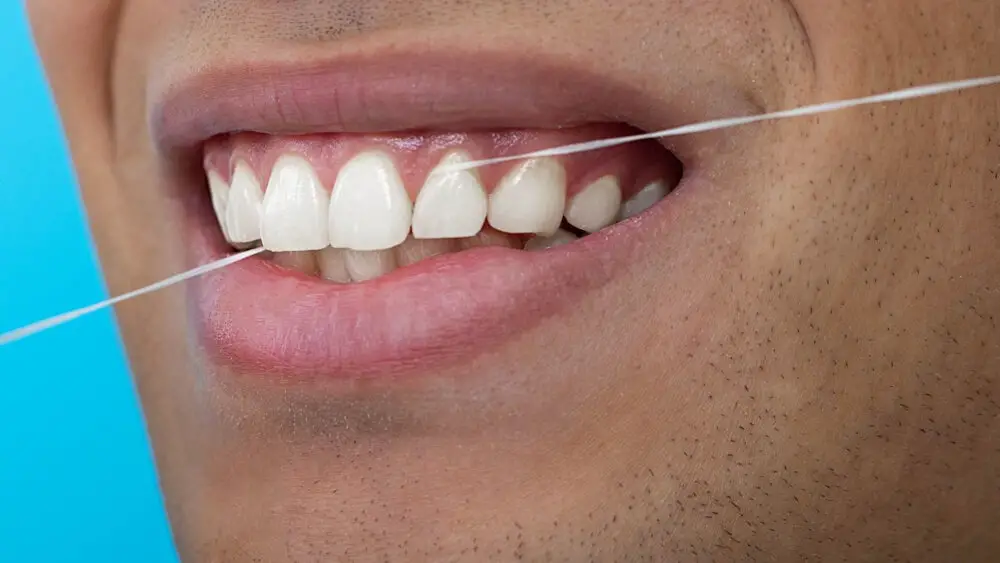
Teeth shifting can occur due to various reasons such as age, genetics, injuries, and habits like thumb-sucking, nail-biting, or tongue-thrusting. There are several types of teeth shifting that people may experience. One of the most common types is crowding, which happens when there is not enough space in the jaw for all the teeth to fit properly. This can lead to overlapping or crooked teeth, making it difficult to clean them properly and increasing the risk of decay and gum disease. Crowding can be caused by several factors, such as genetics, early loss of baby teeth, or habits like mouth breathing or thumb-sucking. Another type of teeth shifting is spacing, which occurs when there is too much space between teeth. This can be due to genetics, missing teeth, or habits like tongue-thrusting. Spacing can lead to food getting stuck between teeth, making it difficult to clean them properly and increasing the risk of decay and gum disease. In some cases, spacing can also lead to a gap between the front teeth, which may affect the appearance of the smile. Teeth shifting can also occur due to other factors such as overbite, underbite, and crossbite. Overbite happens when the upper front teeth overlap the lower front teeth, while underbite occurs when the lower front teeth overlap the upper front teeth. Crossbite is when some of the upper teeth are behind the lower teeth when biting down. These conditions can lead to discomfort, difficulty biting and chewing, and affect the appearance of the smile.
Crowding is a common issue in orthodontics, where the teeth are too close together and overlap each other. This can lead to a range of problems, from difficulty cleaning the teeth properly, to increased risk of tooth decay and gum disease. Crowding can also cause discomfort and pain, especially when the teeth are shifting as part of an orthodontic treatment. In severe cases, crowding can even affect a person’s bite and jaw alignment, leading to more serious dental problems down the line. Therefore, it is important to address crowding as soon as possible to maintain good oral health and prevent further complications.
Spacing refers to the gaps or spaces present between teeth, which can occur due to various reasons such as genetic factors, dental trauma, or tooth loss. These spaces can affect the overall appearance of the smile and can also lead to dental problems such as gum disease and tooth decay. Orthodontic treatment can be used to correct spacing issues, which involves the use of braces or clear aligners to gradually shift the teeth into their proper positions. The duration of treatment can vary depending on the severity of the spacing and the chosen treatment method, but with consistent compliance to treatment, patients can achieve a healthy and beautiful smile.
Overbite refers to the vertical overlap of the upper and lower front teeth. This condition is common in many people and can be treated with various orthodontic treatments. An excessive overbite may cause aesthetic and functional problems, such as difficulty in chewing, speech impediments, and jaw pain. The severity of the overbite determines the time needed for teeth to shift to their desired position. Mild to moderate overbites may take a few months to a year to correct, while severe cases may require more than a year of treatment. It is important to consult with an orthodontist to determine the best course of action for correcting an overbite.
Underbite is a common dental condition that occurs when the lower teeth protrude in front of the upper teeth. This results in an unbalanced bite and can cause a range of problems, including difficulty chewing, speech problems, and jaw pain. Underbite is typically caused by genetics, but it can also be caused by thumb-sucking, tongue-thrusting, and jaw injuries. Treatment for underbite varies depending on the severity of the condition, but typically involves orthodontic treatment such as braces, headgear, or surgery. It is important to address underbite early on to prevent further complications and ensure proper alignment of the teeth and jaw.
Crossbite is a dental condition where the upper and lower teeth don’t fit together properly. It can occur in the front or back of the mouth, and can cause problems with chewing, speaking, and the overall alignment of the teeth. In a crossbite, the teeth can wear down unevenly, and there may be an increased risk of tooth decay and gum disease. If left untreated, crossbite can lead to more serious dental issues, such as jaw pain and misalignment. The length of time it takes to correct a crossbite depends on the severity of the condition and the chosen treatment method, but it’s important to address it as soon as possible to prevent further complications.
Timeline for Teeth Shifting
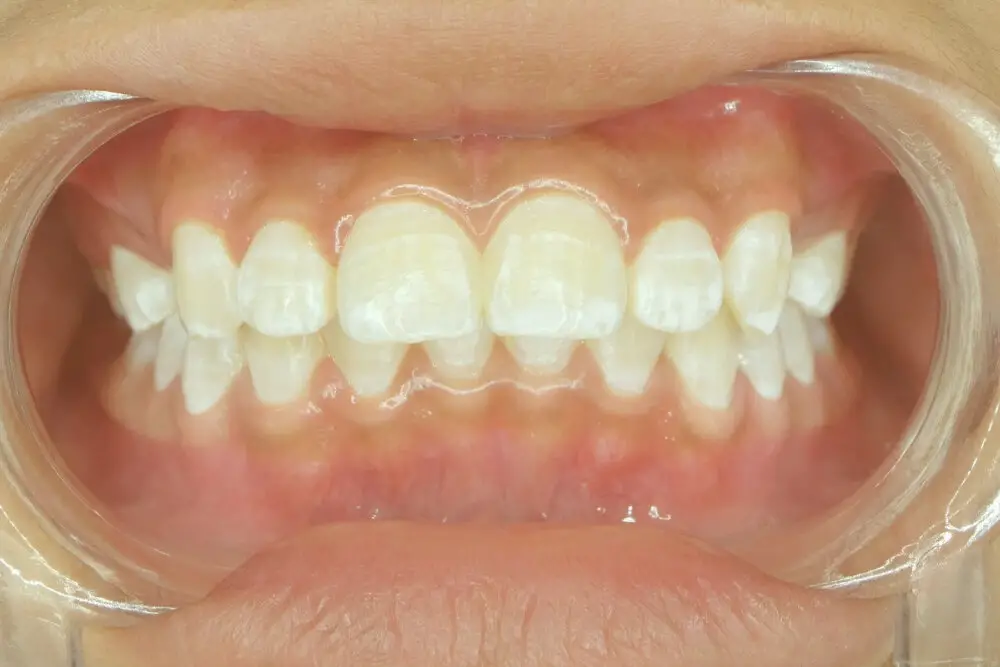
The timeline for teeth shifting varies depending on several factors. Firstly, the severity of the misalignment and the type of treatment being used can affect how long the teeth will take to shift into their proper position. For example, mild cases of misalignment may only take a few months to correct with clear aligners or braces, while more severe cases may require up to two years or more of treatment. Additionally, the age of the patient can also impact the timeline for teeth shifting. Younger patients tend to have teeth that are more responsive to movement, which can result in shorter treatment times. Another factor that can impact the timeline for teeth shifting is patient compliance. Patients who follow their orthodontist’s instructions regarding wearing their aligners or braces consistently and keeping up with regular dental appointments tend to see faster results than those who do not. Additionally, patients who maintain good oral hygiene throughout their treatment are less likely to experience delays due to issues such as tooth decay or gum disease. Overall, while the timeline for teeth shifting can vary based on individual factors, patients who are committed to their treatment plan and follow their orthodontist’s instructions are more likely to see the best results in the shortest amount of time.
Minor teeth shifting is a common occurrence that can happen to anyone. It is typically caused by natural factors such as aging, genetics, or changes in oral habits. Minor teeth shifting can result in gaps between teeth, overcrowding, or crooked teeth. While the changes may seem insignificant, they can have a significant impact on a person’s appearance and oral health. Fortunately, minor teeth shifting can be corrected with various treatments, including braces, clear aligners, and retainers. The duration of treatment may vary depending on the severity of the shifting, but in most cases, it can take a few months to a year to achieve the desired results. It is essential to consult a dental professional to determine the best treatment option for you.
Moderate teeth shifting refers to the movement of teeth that is neither too minor nor too significant. It involves the gradual displacement of teeth from their original positions, leading to the formation of gaps or misalignment. The duration of moderate teeth shifting varies depending on several factors, such as age, genetics, and oral health. Generally, it can take anywhere from six months to two years to achieve the desired results. However, the process can be accelerated through the use of orthodontic treatments such as braces, clear aligners, or retainers. It is essential to consult a dentist or orthodontist to determine the best course of action for achieving the desired outcome.
Severe teeth shifting refers to the significant movement of teeth from their original position, which can happen due to various reasons such as trauma, genetics, or poor dental hygiene. While teeth shifting is a natural process that occurs over time, severe teeth shifting can cause discomfort, pain, and affect the overall aesthetics of your smile. If left untreated, severe teeth shifting can even lead to dental problems such as gum disease, tooth decay, and tooth loss. Therefore, it is essential to address teeth shifting as soon as possible and seek professional dental care to prevent further damage and restore your beautiful smile.
Timing of orthodontic treatment is crucial to achieve the best results. Orthodontic treatment can be done at any age, but the best time to start is during childhood or early teenage years. This is because the teeth and jaws are still developing, making it easier to guide them into the correct position. However, it is never too late to get orthodontic treatment as long as the teeth and gums are healthy. The duration of treatment varies depending on the severity of the case, the type of braces used, and the patient’s commitment to the treatment plan. Overall, orthodontic treatment requires patience and dedication, but the end result of a beautiful, healthy smile is well worth the effort.
Treatment Options for Teeth Shifting
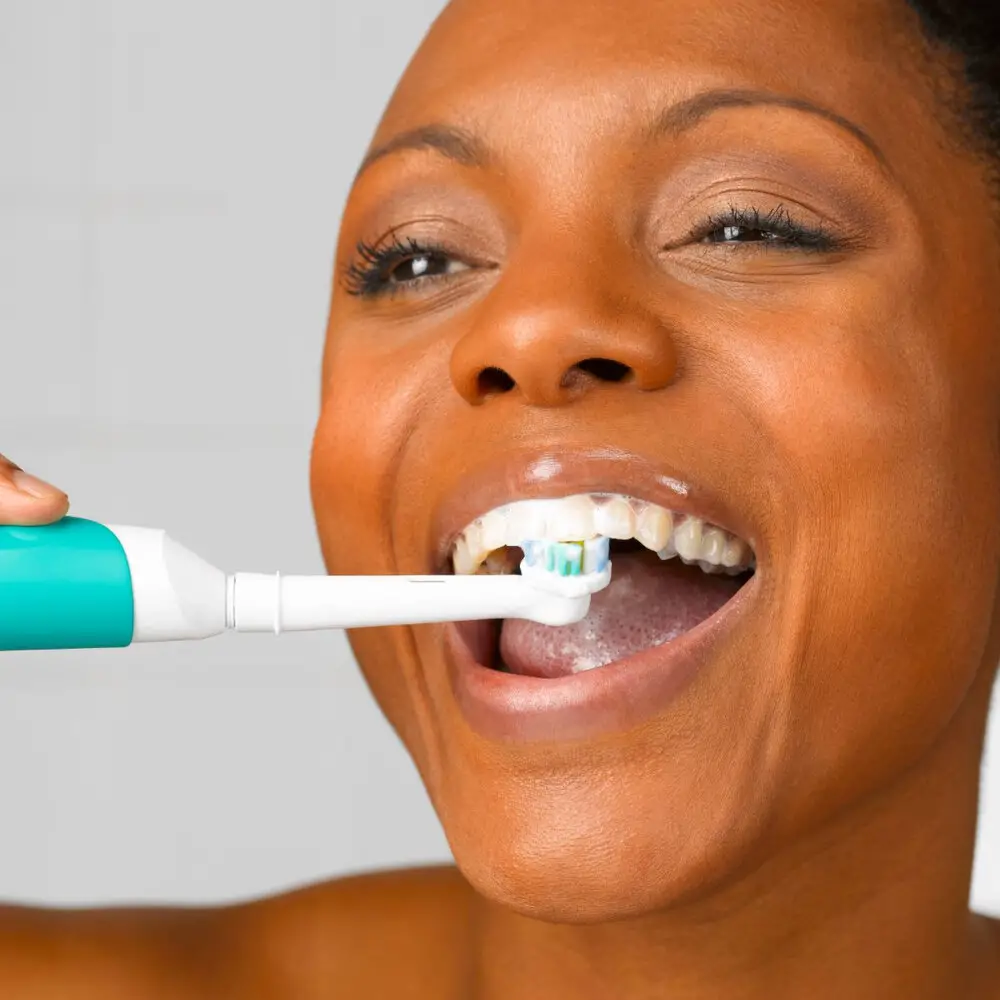
Teeth shifting, or the movement of teeth from their original position, can be caused by a variety of reasons such as genetics, age, and habits like grinding or clenching teeth. Luckily, there are several treatment options available to address teeth shifting. The most common and effective method is orthodontic treatment, which involves the use of braces or clear aligners to gradually shift teeth back into their correct positions. The duration of the treatment can vary from a few months to a few years depending on the severity of the case. Orthodontic treatment not only improves the aesthetics of the teeth but also corrects bite problems and prevents dental issues such as tooth decay and gum disease. Another treatment option for teeth shifting is dental restorations. This involves the use of veneers or crowns to cover the affected teeth and improve their alignment. While this method is less invasive than orthodontic treatment, it is not suitable for all cases of teeth shifting and may not be as effective in correcting bite problems. In severe cases, surgery may be required to reposition the teeth or jawbone. It is important to consult with a dentist or orthodontist to determine the most appropriate treatment option for your individual case of teeth shifting. With proper treatment and care, it is possible to prevent further shifting and maintain a healthy, beautiful smile.
Orthodontic treatment involves the use of braces, aligners, and retainers to correct the alignment of teeth and jaws. Braces are typically the most common and effective method of treatment for correcting more severe malocclusions such as overcrowding, overbites, and underbites. They consist of brackets, wires, and bands that are attached to the teeth and adjusted over time to gradually shift the teeth into their desired positions. Aligners, on the other hand, are a removable and nearly invisible alternative to braces that are custom-fit to the patient’s teeth. They work by applying gentle pressure to the teeth, gradually moving them into place over a period of several months. Retainers are typically used after braces or aligner treatment to prevent the teeth from shifting back to their original positions. The length of orthodontic treatment can vary depending on the severity of the malocclusion and the chosen method of treatment.
Dental restorations such as veneers and crowns are an effective solution to fix damaged or misshapen teeth. Veneers are thin shells made of porcelain or composite resin that are bonded to the front surface of teeth to improve their appearance. Crowns, on the other hand, are caps that cover the entire tooth to restore its shape, strength, and function. Both procedures require multiple visits to the dentist and involve a careful preparation process to ensure the best results. While veneers can be completed in as little as two appointments, crowns may take longer due to the need for a temporary crown and additional shaping and adjustments. However, with proper care and maintenance, dental restorations can last for many years and provide a natural-looking and durable solution for a variety of dental issues.
While orthodontic treatment can correct misaligned teeth and improve oral health, some cases may require surgical intervention. Orthognathic surgery, also known as corrective jaw surgery, is a procedure that involves repositioning the jawbones to improve bite and facial symmetry. This surgery is typically performed in conjunction with braces or other orthodontic appliances to achieve optimal results. Orthognathic surgery can take several hours to complete and requires a period of recovery time. While it may seem daunting, the benefits of orthognathic surgery can be life-changing for those who require it.
It is crucial to seek professional help when experiencing teeth shifting. Professional orthodontists can provide a comprehensive evaluation of your teeth and recommend the best treatment options to correct any misaligned teeth. A misaligned bite can lead to serious dental and health problems such as gum disease, tooth decay, speech difficulties, and jaw pain. Seeking professional help can prevent these issues from occurring and ensure that your teeth remain healthy and properly aligned. With the help of an experienced orthodontist, you can achieve a beautiful and healthy smile that will last a lifetime.
Preventing teeth shifting is essential to maintain a healthy and aligned smile. The first step is to maintain good oral hygiene by brushing twice a day, flossing daily, and visiting the dentist regularly. Avoiding bad habits such as nail-biting, chewing on ice, and using your teeth as tools can also prevent teeth from shifting. Wearing a mouthguard while playing sports or grinding your teeth can also prevent damage to your teeth and jaw. Additionally, eating a balanced diet and avoiding sugary and acidic foods can help prevent tooth decay and gum disease, which can lead to teeth shifting. By following these prevention tips, you can keep your teeth healthy and prevent them from shifting.
In conclusion, the timeline for teeth shifting can vary significantly depending on individual factors such as age, genetics, and the severity of the dental issue. While some cases can see noticeable improvements in just a few weeks, others may require several months or even years to reach their desired outcome. It is important to work closely with a qualified dentist or orthodontist to create a personalized treatment plan that takes into account your unique needs and goals. By following their guidance and committing to good oral hygiene habits, you can help ensure a successful outcome and maintain a healthy, beautiful smile for years to come.
Conclusion
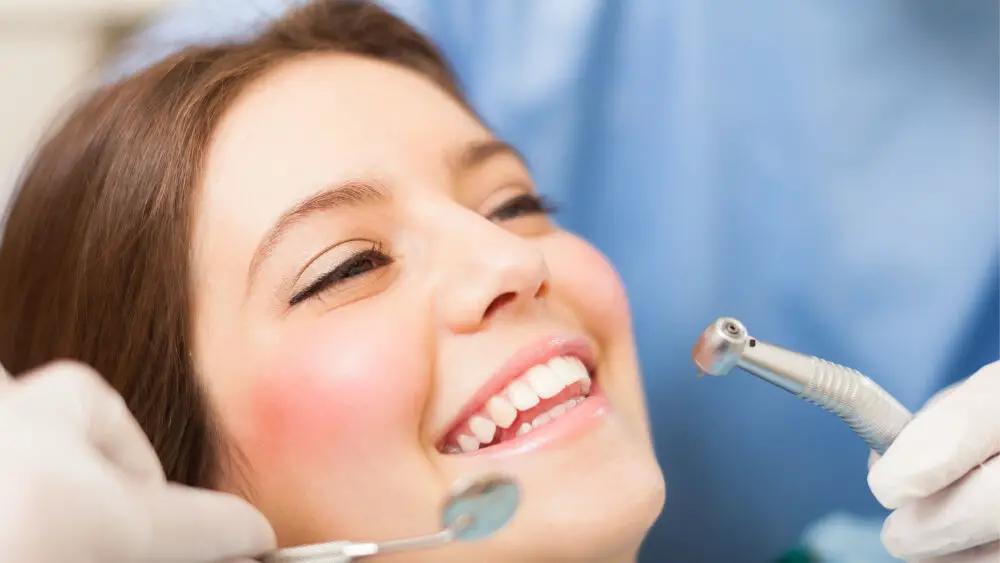
In conclusion, the duration for teeth to shift varies from person to person, depending on factors such as age, genetics, and the extent of the required movement. While some individuals may experience significant changes within a few months, others may require several years to achieve their desired outcome. However, it is important to note that teeth shifting is a gradual process that requires patience and consistent effort in adhering to the prescribed dental treatment plan. Patients should consult with their orthodontist to determine the best course of action for their individual needs and work closely with them to monitor progress and make any necessary adjustments. With proper care and attention, the end result can be a beautiful, healthy smile that lasts a lifetime.
